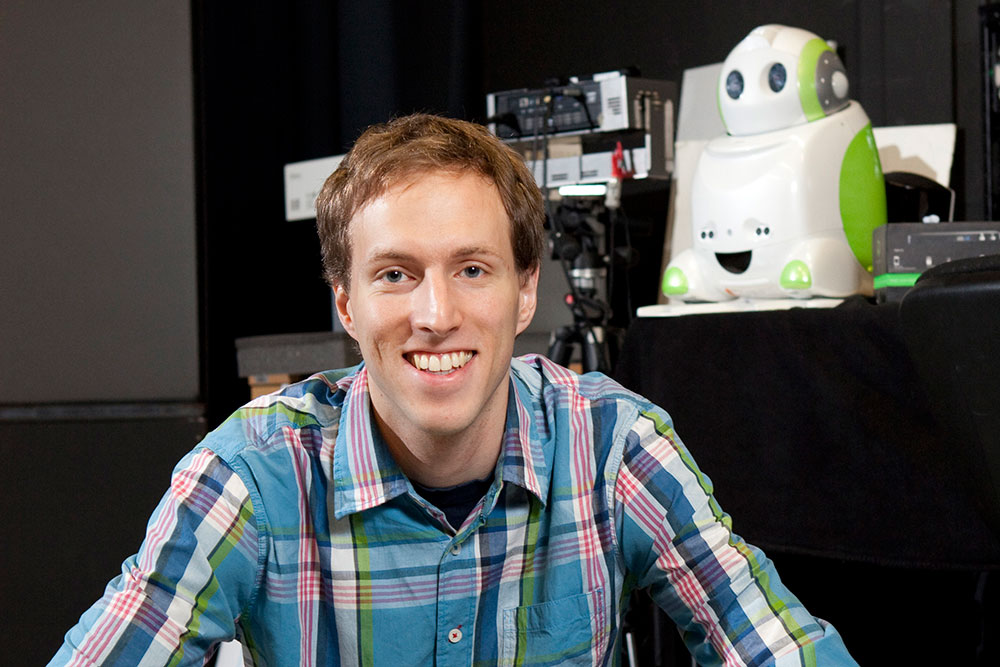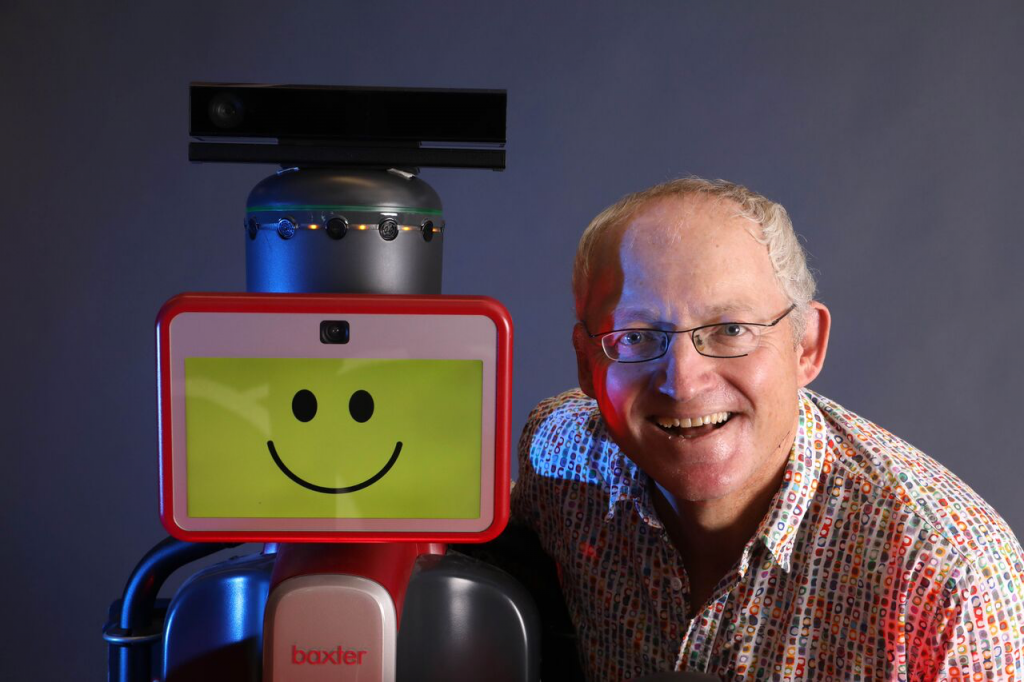Author
Mauricio Novoa
Abstract
It was clear at the start of this century that we had entered into a paradigm of behaviours and relationships that push established definitions and disciplines to be reformulated. Technology is transforming from a mechanism that used to mediate dialogue and discourse among humans to itself becoming potential interlocutor in those activities. This presentation proposes that this development elevates the discussion in design, engineering, humanities and social sciences to a new sense of reality that is complex and difficult to decipher because intelligent technologies do not have a unique niche and materiality. One discipline cannot explain them alone since their embodiment can alternate between and be simultaneously physical and digital within live, fluid and changing networks and connections. Designers and engineers need to expand their field of action from making and measuring tangible and software artefacts to understand the social and psychological implications of animate objects in society. Humanities and social sciences should also expand from interpreting the cultural and social impact of media and information technologies. This type of after-the-fact study, as interpretation of the present based on the archeology of the past, lags behind the present engineering of society that is based on future visions of technology; never neutral from human-driven economic and political plan and intervention. Interdisciplinary research on robotics and artificial intelligence in society should lead to a better path for that evolution among their limitations, assistive potential and vernacular belief that ranges from a Terminator’s apocalypse and the naïve wish for a perfect and free high-tech society. In the meanwhile, 4.0 industrial revolution already shows a skill void between a knowers’ elite and a group formed by blue collar and manual workforce. For now, mainly the latter group is being swallowed into that growing gap in the middle with a vortex force of automation and unemployment. Innovative findings will come from reconceptualising labor and participation beyond robotic architectural concerns (e.g. programming, wiring, mechanical engineering) and humanities and social sciences critical interpretation (e.g. history, large databases, social media). Importantly, analysis should concentrate on relationships between humans, humans and intelligent objects and among intelligent objects. That will force the reframing of their activities, contextuality (defining meaning in reference to a larger expression), intercontextuality (participants’ motifs that intersect and mirror one another) and transcontextuality (capacity to create connections between things or ideas that are not typically associated with each other). These are matters of intersubjectivity that confer similar sociotechnical and animate qualities to humans and artificial participants. Particularly what are their similar and unique capacities for emotions and feelings, identity and belonging that allow them to cross boundaries. Designing of new and appropriate solutions would be the result of redrawing the two disconnected narratives of humans and artificial intelligences together by revaluing each side on their self-recognition (as function of applying self-awareness to distinguish between the self and the other), and self-efficacy (degree of confidence on the ability to perform a behaviour, succeed and accomplish a task in a specific situation).
Bio

Mauricio Novoa is a designer and academic with more than 35 years’ experience in the industry from product to industrial, architecture, advertising, communications and marketing (2D, 3D and 4D time based, events and moving image). As an academic for the last 12 years, he has been Director of the Academic Program in the School of Computing, Engineering and Mathematics from 2012 to 2015 (end January) leading the School through discipline transformation, writing the new curriculum, shaping the new vision for their courses and implementing them as to “bringing creativity, innovation and entrepreneurship”. He is a PhD candidate at WSU’s Institute for Culture and Society (Globalization and Cultural Economy stream) investigating a “New Knowledge Ecology for Industrial Design Artefact and Expertise in Education and Industry”. Together with industry, he currently leads a REDI Connections project researching “New Learning and Environment”. His work as an artist has been exhibited nationally and internationally as early as in the touring exhibition “Chilean Artists of the 20th Century”, Chile, South America (1984) and later in Australia as in “The Boundary Rider: 9th Biennale of Sydney” (1992/93) and subsequent touring exhibitions.










